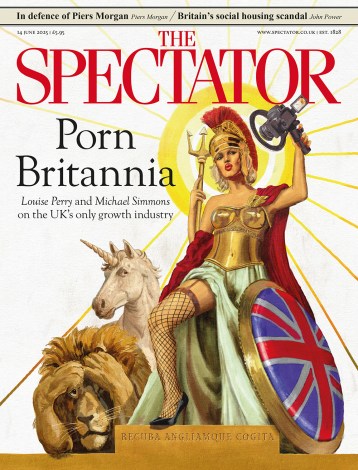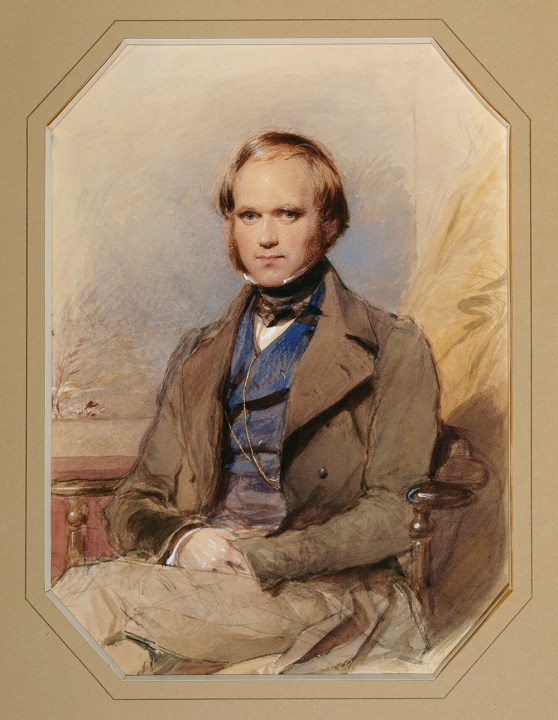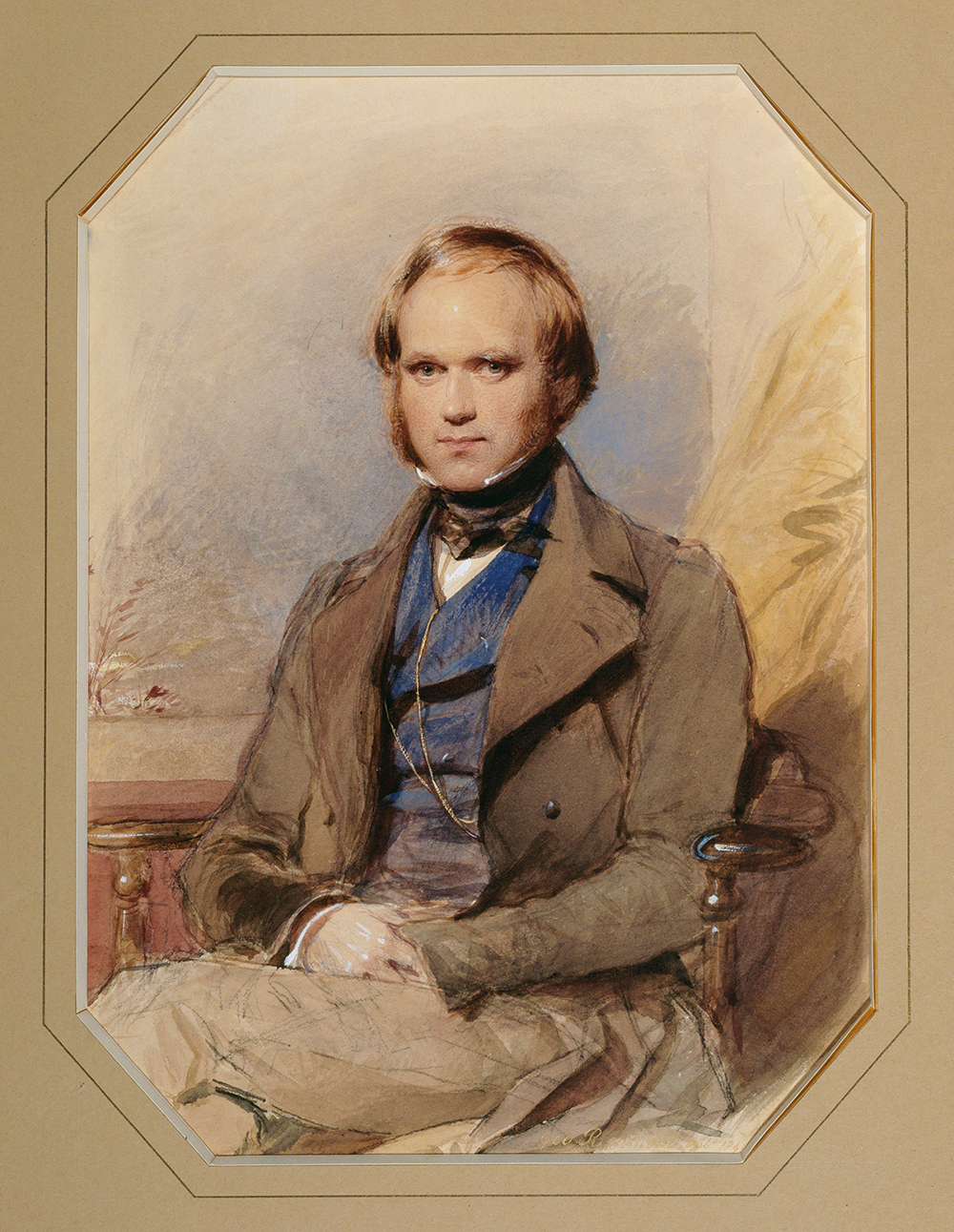
It was a journey Bruce Chatwin hankered to make: to Southampton and the grave of General Juan Manuel de Rosas, the exiled Argentine dictator described in the Southampton Times after his funeral in 1877 as ‘one of the most cruel, remorseless and sanguinary tyrants who ever existed on Earth’. Chatwin died before I could accompany him to the Hill Lane Cemetery, but four years later I stood with his widow in front of Rosas’s ornamented tomb in Buenos Aires as we prepared to meander south on a 2,000-mile car journey in his footsteps.
In 1989, the year of Chatwin’s death, President Menem decided to have Rosas’s remains repatriated as a gesture of national reconciliation. Their arrival was greeted by mounted lancers wearing Rosas’s signature red uniform. But his bones were still contentious. W.H. Hudson’s great-niece told us that the original grave in Southampton – Rosas ended his days as a dairy farmer in nearby Swaythling – had been destroyed by bombing in the second world war that had killed some stray cattle. The returned relics were unlikely to be Rosas’s. ‘People say they are the bones of a cow.’
To read Matthew Carr’s ‘grim history’ of Patagonia is to realise how much of our understanding of this evocative region has been based on a succession of monstrous misidentifications and misconceptions. As the author does not flinch from reminding us, the vast territory which Rosas had sought to subjugate in his Desert Campaign (1833-4) – and which Chatwin’s 1977 travel book In Patagonia resuscitated as a mysterious, exotic wilderness – was misunderstood by outsiders from the start.
Take its name. The first European to clap eyes on the southernmost straits he christened was the Portuguese navigator Ferdinand Magellan. In 1520, his chronicler recorded meeting a red-painted ‘giant’ whose outsized feet (pata) were for centuries credited with inspiring the name Patagonia. Not until 1952 was it discovered that the word pata actually derived from the doglike monster Patagon in a 15th-century Spanish romance.
Chatwin had gone to Patagonia on a Jason-like quest for monsters – outstandingly, a brontosaurus, thought to have perished in a cave on Last Hope Sound, but whose ‘fleece’ (a scrap of hairy hide) turned out to belong to another of Patagonia’s extinct creatures, the ground sloth (Milodon darwinii). Extinction was likewise considered to have been the fate of all the tribes sensitively exhumed and rehabilitated in Darwin’s Savages. In 1889, a visitor enquiring after them at Argentina’s pavilion at the World Exhibition in Paris, was informed: ‘Such people no longer exist.’
In deliberate contrast to Chatwin, Carr’s quest is for Patagonia’s original inhabitants, ‘the peoples known collectively to Europeans as “Fuegians”’. This was a term carelessly used to describe a number of vastly different tribes, each with their own language and practices, who had lived in this inhospitable environment for 7,000 years before abruptly becoming, in Carr’s damning summary,
objects of pity, contempt and scientific discussion in faraway conversations between learned men who debated whether they were prehistoric relics, the links between humans and apes, or heathens in need of a salvation they had not asked for.
What really did for them, Carr argues in his unsparing corrective, was the arrival in 1832 of a British surveying ship. On board was an agnostic English naturalist whom General Rosas was to address, at their single encounter, as ‘Senor Carlos Darvien’.
In this sombre reassessment, Charles Darwin’s scientific impressions of the first ‘naked painted shivering hideous savage’ he saw in Tierra del Fuego proved no less calamitous for the survival of its people than Rosas’s brutal expeditions armed with Remington rifles to exterminate them. The inevitable disappearance of this ‘sterile race’ was as explicable to the paunchy, florid-faced Rosas as to the Scots botanist Robert Brown, ‘as the destruction of wild animals before civilised sportsmen’.
Darwin, who later admitted to being ‘entirely wrong’ about Rosas (having initially esteemed him ‘a man of extraordinary character’), was equally mistaken about the Fuegians. Not speaking their language, he misinterpreted the word Yammerschooner – from the Yagan word yamask-una, meaning ‘be kind to me’– as ‘give me’; and ‘it quickly became synonymous in his mind with childlike scrounging’. A more telling mistake was to believe that the captive renamed Jemmy Button belonged to the ‘Tekenika’ tribe, when what Button was saying in Yagan was Teke unika, meaning ‘I don’t understand you’. Fatally, this misunderstanding was mutual.
Nonetheless, based on his visual impressions (and later on questionnaires to missionaries like Thomas Bridges about whether the Yagan shrugged or blushed), Darwin’s brief encounter crystallised his thoughts on evolution and ‘the remorseless law of the non-survival of the unfitted’ which found its devastating expression in On the Origin of Species (1859).
Carr is forensic in cataloguing the errors that gave rise to what he calls Darwin’s ‘convoluted and contradictory’ theories, which placed an Englishman (like Darwin) at the apex of civilisation – ‘There is only one gentleman in Buenos Aires, the English minister’ – while consigning the Yagan to the lowest of Linnaeus’s six levels of humanity: Homo monstrosus. Yet, contrary to Darwin’s shockingly paternalistic thinking, the Yagan were not cannibals who ate their old women. They did not practise infanticide. They were not mute brutes, like the ground sloth Darwin discovered in 1832. Rather, as Bridges was to reveal when compiling his dictionary of their language, the Yagan had ‘more than 50 words to describe family relations’.
Contrary to Darwin’s thinking, the Yagan were not cannibals who ate their old women
There are only so many ways you can repeat the mantra that the emissaries of civilisation were often more barbaric than those they purported to civilise. Carr exhausts most of them in ramming home a shameful story which has received little attention. He speaks to descendants and experts. He visits Yagan graveyards and significant sites such as La Plata Museum. It was there that Inacayal, the Tehuelche cacique, kept in the basement as a living zoological specimen, pronounced: ‘I am chief. You white thieves… killed my brothers, stole my horses and the land where I was born… I am a miserable creature.’ In a painful twist, Carr opens a box, marked Calfucura, containing the mislabelled and jumbled remains of Rosas’s principal adversary, the 80-year-old war chief known as the Napoleon of the Pampas. ‘Examination suggests that these bones and skull belonged to man in his thirties.’
Living in Buenos Aires in the 1970s, my family witnessed how Rosas’s model was adopted by the military junta in its ‘dirty war’ against left-wing subversives, ‘disappearing’ them as brutally as General Videla’s ancestors had massacred the supposedly savage ‘foreign’ Indians. By the time Elizabeth Chatwin and I motored through Patagonia, we were told of a last Ona-speaker, Pablo Pacheco, in hospital in Rio Gallegos. But, as Carr shows, these regular iterations of the ‘last Indian’ – which ‘seek the confirmation of cultural extinction in the death of a single individual’ – are invariably exaggerated.
Officially recognised in the 2022 census are 17,420 Tehuelche and 145,783 Mapuche, 60 per cent of whom live in Patagonia, recovering cultural traditions and an identity long considered a source of shame. As in Tasmania (which Darwin also visited and about which he made similar erroneous judgments), these communities, once believed close to extinction, may be the very ones, Carr rousingly concludes, which will provide the ‘knowledge and expertise that could be useful and even essential to humanity’s survival’. The great story he tells is not over.








Comments